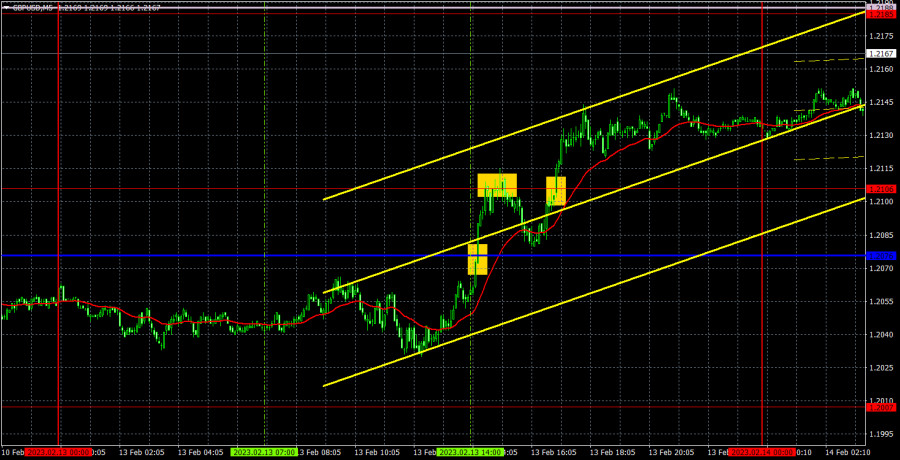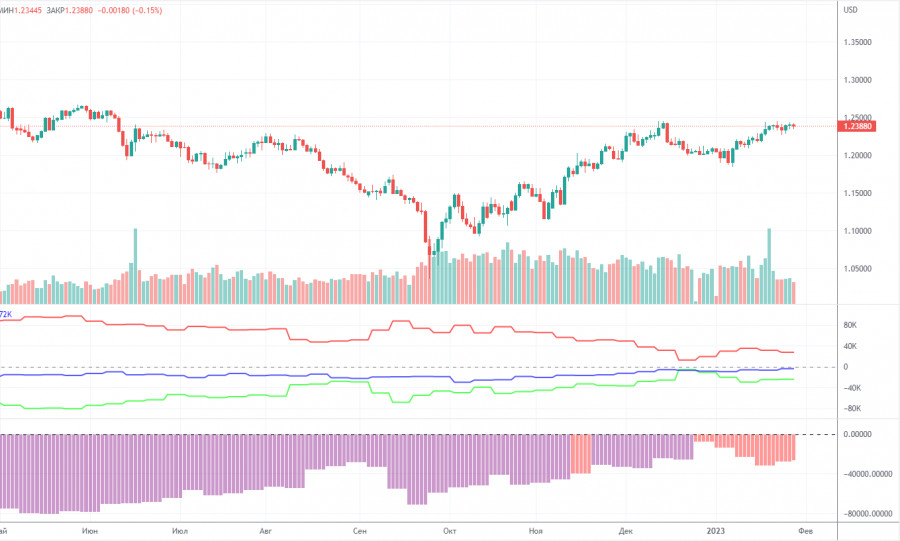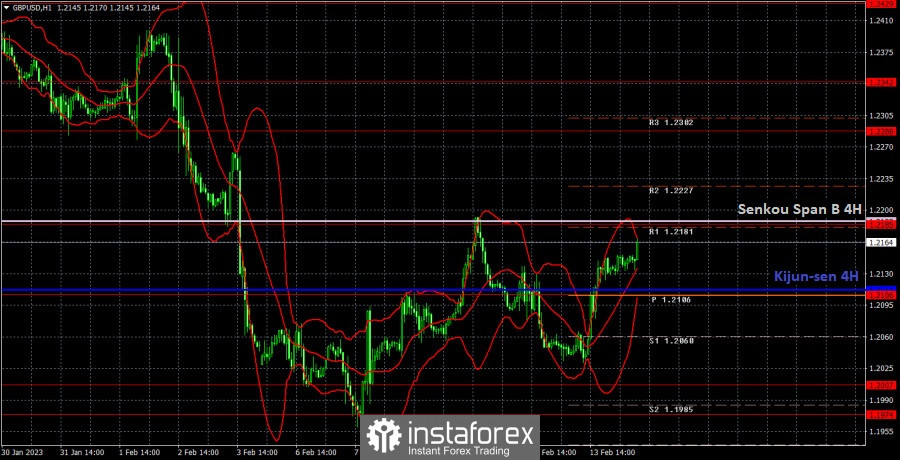

On Monday, GBP/USD was trading higher for most of the day. By the end of the day, it was above the critical line on the 1-hour chart, but there were no strong buy signals on the higher chart, so I don't expect a sharp growth from the British currency just yet. Today and tomorrow will be particularly important for the pair since inflation reports will be released in Britain and the US, which became the most important data for the currency market over the last year. Sometimes even central bank meetings garner a weaker reaction than inflation reports. Today the U.S. inflation may slow down by another 0.2-0.3%, and it is hard to say how traders will view such a slowdown. They may think everything is on track and there is no reason to expect a change in the Federal Reserve's rhetoric. Or they may think the slowdown is too weak, and the Fed will allow more rounds of key rate hikes in the near future. The situation is subtle, so we can't predict how the market will react to the report.
Speaking of trading signals, there were few yesterday. We missed the pound's growth, the first signal was formed at the beginning of the US session, when the price overcame the critical line. However, after it was formed, the price was almost immediately near 1.2106, so there was no point in opening long positions. Moreover, a rebound from this level followed. The Kijun-Sen and the 1.2106 level should have been considered as an area. Consequently, the next buy signal was formed after the price had settled above this area. However, the upward movement actually ended there, traders could earn a maximum of 20 pips.
COT report
The recent COT report on the pound sterling unveiled that the bearish sentiment became weaker. During the week, non-commercial traders closed 6,700 long positions and 7,500 short ones. Thus, the net position of non-commercial traders increased by 800. And with the net position steadily increasing in the past months, the mood of market players is likely to become bullish in the near future. However, even though the pound has been rising against the dollar in recent months, it is very difficult to pinpoint the exact reason. There is also a chance that it will fall in the future as the currency needs a correction. On the whole, the COT reports are in line with the movement of the pound in recent months. Since the net position is not bullish yet, traders may buy the asset in the next few months. For now, non-commercial traders have 35,000 longs and 59,000 shorts. It is important to note though that it is uncertain whether the pound will have a long-lasting growth. Although it has technical reasons for that, the fundamental and geopolitical factors do not presuppose a strong and fast increase.
H1 chart of GBP/USD
On the one-hour chart, GBP started a new upward movement and is now moving to the Senkou Span B line. A rebound from this line is very likely, but much of today and tomorrow will depend on the market's interpretation of the British and US inflation reports. I still believe that there is a high probability of the British currency's decline. On Tuesday, important levels are seen at: 1.1760, 1.1874, 1.1974-1.2007, 1.2106, 1.2185, 1.2288, 1.2342, 1.2429. The Senkou Span B (1.2188) and Kijun Sen (1.2112) lines can also be sources of signals. Pullbacks and breakouts through these lines may produce signals as well. A Stop Loss order should be set at the breakeven point after the price passes 20 pips in the right direction. Ichimoku indicator lines may move during the day, which should be taken into account when determining trading signals. In addition, the chart does illustrate support and resistance levels, which could be used to lock in profits. On Tuesday, the UK has already released the unemployment and payrolls data, which caused the pound to edge up. The US inflation data, which is known as the "report of the week", will be released today. The reaction to it should be much stronger.
What we see on the trading charts:Price levels of support and resistance are thick red lines, near which the movement may end. They do not provide trading signals.
The Kijun-sen and Senkou Span B lines are the lines of the Ichimoku indicator, moved to the one-hour chart from the 4-hour one. They are strong lines.
Extreme levels are thin red lines from which the price bounced earlier. They provide trading signals.
Yellow lines are trend lines, trend channels, and any other technical patterns.
Indicator 1 on the COT charts reflects the net position size of each category of traders.
Indicator 2 on the COT charts reflects the net position size for the non-commercial group.